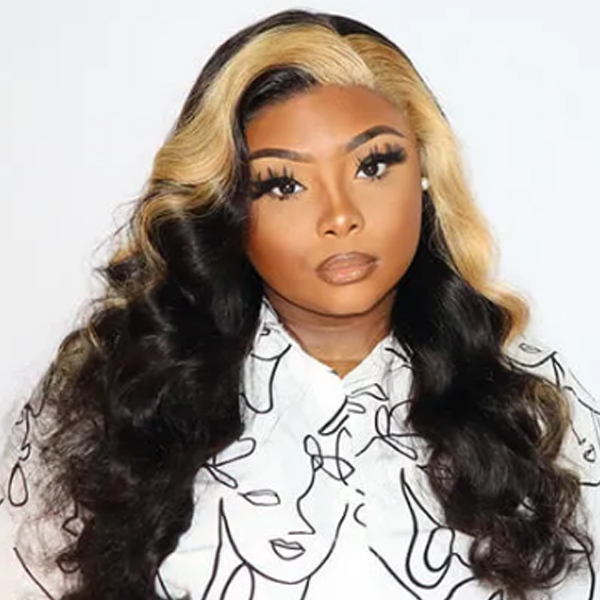Important Things Need To Know About Washing Hair After Coloring.
Nothing is better to put you in a good mood than walking out of the salon with freshly-dyed hair. Usually, you need to spend hours getting your hair to that just-perfect color, so you need to keep your color fresh as long as possible. So, there may be some questions that pop up in your mind: should I wash my hair before I color it? how long should I wait to wash my hair after coloring? In order to help you keep your new hair color fresh, shiny and vibrant, we will give you the answers to all your queries right here.
Should You Wash Your Hair Before Coloring?
Actually, it is a common myth that you shouldn’t wash your hair before dyeing it as dirty hair grabs color faster. The truth is that if it is dirty, you shouldn’t get your hair dyed at all.
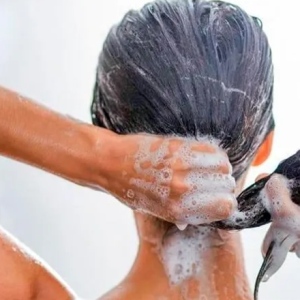
After all, unwashed hair will not only have an excess of oil but will also contain dirt and sweat. While sweat contains ammonia that can cause oxidation, you might get a different color than expected. Also, the excess buildup will not allow the dye to penetrate the hair, thus resulting in uneven hair coloring.
Therefore, it is essential that you wash your hair with a mild shampoo 1-2 days beforehand before dyeing it.
How Long Should You Wait to Wash Your Hair After Coloring?
We may have the same questions a day or two after coloring: “how long do I need to wait before washing my hair?”, “can I wet my hair after coloring?” and “can I work out after getting my hair dyed?”.
For this question, we suggest you should wait at least three days before shampooing your hair after coloring. That is because it takes up to three days for the cuticle layer to fully close, which traps the color molecule, allowing for longer-lasting hair color.
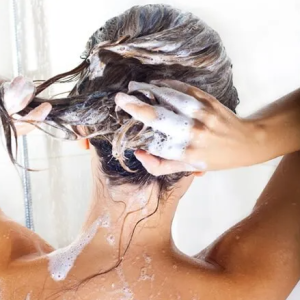
If you have a workout scheduled a day or two after your color appointment, your best bet is to reschedule or skip it to avoid wetting it or washing it, thus lifting the color out of your hair.
Therefore, remember to wait a full 72 hours before shampooing after having your hair colored rather than shampoo the day after you dye your hair. After all, it’s one of the most common mistakes, and one of the most costly.
How Often Should You Wash Colored Hair?
The natural oils in your hair often can protect the scalp during the dyeing process. Hence, you should always follow the set instructions of whatever particular dye you are using, especially if the dyeing process involves bleaching your hair.
Although the worst enemy of color is water, it doesn’t mean you need to stop taking showers — just make simple tweaks to your routine, like avoiding excessive rinsing.
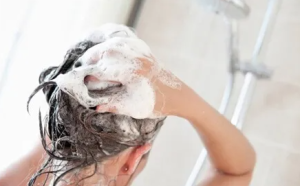
To prevent water from washing away your vibrant color, please wash your hair less often. For example, it is best for you to wash your hair just two or three times per week, and never more than every other day to retain those natural oils that help condition your color-treated hair.
Or it is a great option for you to try using a dry shampoo at the roots to soak up oil, instead of shampooing your hair every day.
How Do You Wash Your Color-treated Hair?
1. Shampoo With Specialist Shampoo For Color-treated Hair
The most important thing to remember is to avoid using regular shampoo and conditioner on your hair. Colored hair needs products that are formulated specifically for it. That is because during the dyeing process, the hair is damaged and the cuticle (the surface of the hair) can be chipped, making it appear rough or dull.
Besides, the natural protective barrier of the hair is damaged, it will allow hair color to leach out, fading with time. Ultimately, leaving you with less vibrant locks.
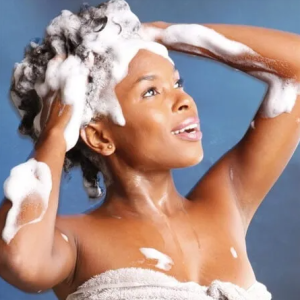
These color-safe products that are specifically formulated for color-treated hair can keep it moisturized and prevent the hair color from fading.
Another must-have product alongside a color-safe shampoo and conditioner is a moisturizing hair mask. The chemicals from the dye may leave your hair looking dry. A moisturizing hair mask will nourish your hair and make it soft, shiny, and smooth.
At the same time, don’t use clarifying shampoo and sulfate shampoo, too. Although clarifying shampoos can deep-cleanse the scalp and strands of excess gunk and grime, this type of shampoo can remove the fresh pigment and tone of your hair. As the worst enemy of fresh color, sulfates will strip color molecules from the hair, leaving it dull and dry.
2. Wash Hair With Cold Water
Hot water will open up the hair cuticle possibly making more color leach out, thus making your hair look dull.
Be aware that the more time you rinse colored hair under hot water, the more it can lose its vibrancy. In contrast, cold water tends to help in sealing the cuticle.
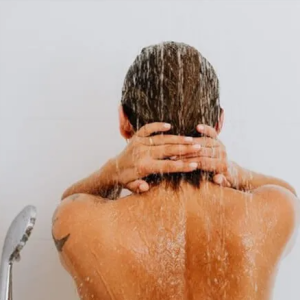
Therefore, using cold water to wash your hair is a great way to protect colored hair.
If you want to take a hot shower, wear a shower cap to protect your color-treated hair from the hot water.
3. Condition Color-treated Hair
As we all know, dyed hair is more likely to become dry and brittle. So treat it with conditioners specifically formulated for color-treated hair, which helps create a protective barrier and also prevent your dye from quickly washing out.

Make sure to condition every time you shampoo, even if you have fine hair.
Or, you can try using a leave-in conditioner for even more of a moisture boost.
4. Dry Roughly With A Towel
Scrubbing too hard can fade color and make the ends look dry. Instead, gently blot your hair and let it air dry as much as possible.
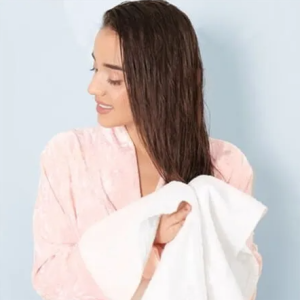
If you must use a curling iron, flat iron, or blow-dryer, apply a heat protectant spray before using tools like your curling iron to keep from frying out your hair.
5. Do A Moisturizing Treatment
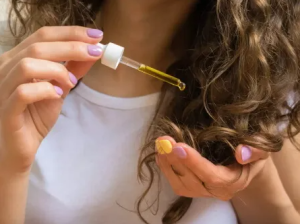
Color-treated hair can get dry and brittle, especially in the summer months. In this case, we recommend you apply a deeper conditioning mask or hydrating oil treatment like coconut, avocado, or grapeseed on processed hair and leave it on for 30 minutes or overnight to restore and keep hair strong.

